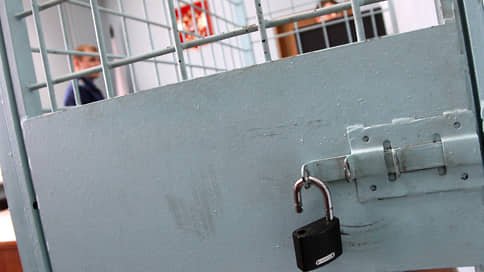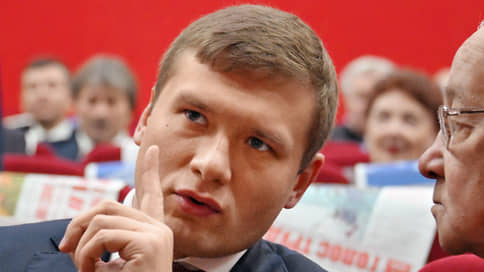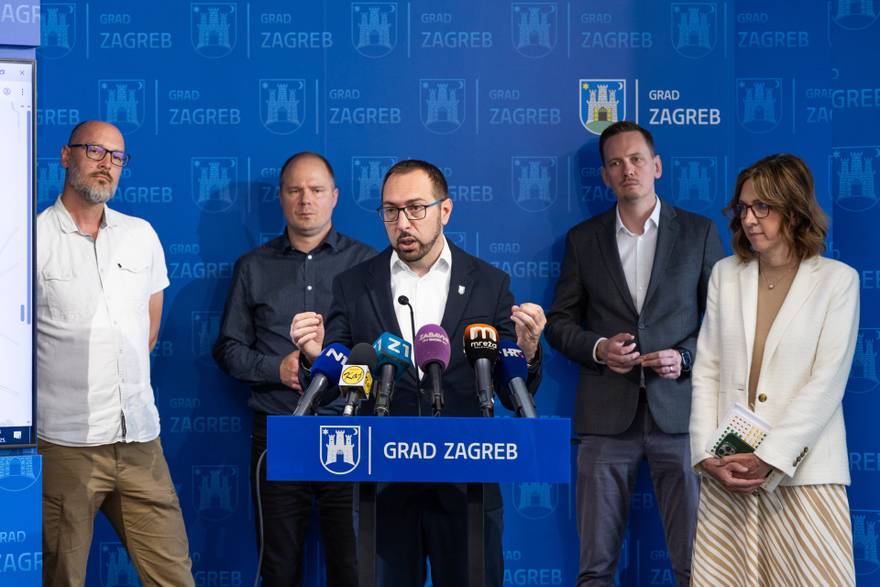Advertisers spent 25 billion rubles. for advertising in the tourism industry

Offline advertising in the field of travel in 2024 increased by 33%, to 9.6 billion rubles, while online formats added 19% to 15.9 billion rubles. The vast majority of advertising budgets were provided by online aggregators and travel agencies, which accounted for more than 70% of the funds. Experts associate a greater increase in offline advertising with a decrease in the effectiveness of “some digital channels”, but they emphasize that such a trend is unlikely to remain for a long time.
“Kommersant” got acquainted with the analytical report of the E-Promo Group holding on advertising in the travel industry in 2024. It follows that the total advertising investments last year in the segment reached 25.5 billion rubles. Of these, 15.9 billion rubles. It was spent on online advertising- contextual, banner, video and other formats, in the year investments in this segment grew by 19%. For offline tools-television, outdoor advertising, radio and press-was 33% more than last year-9.6 billion rubles.
The vast majority of advertising budgets were provided by online aggregators and travel agencies-77% of offline advertising and 71% online. Their share increased by 9 p. And 2 p. P., respectively, over the past year. Airlines, on the contrary, reduced their presence in offline promotion by 5 p.-to 8%, but increased investments in online advertising by 2 p.-up to 10%.
From January 1, 2025, a 3 percent collection was introduced in Russia from all over Internet advertising (see Kommersant on November 18, 2024). Then the FAS published the criteria for such a fee that affect more than 7 million individual entrepreneurs and legal entities (see Kommersant on January 10).
The largest advertisers in the travel industry were TUTU – 3.5 billion rubles, of which 3.4 billion rubles. I was on online advertising, Aviasales-2.3 billion rubles. (1.8 billion online). The third place was taken by the rental aggregator of housing « Pulet » – 2.2 billion rubles. (1.4 billion – online). Then, the work of MTS Travel at the end of 2024 (see Kommersant on December 20, 2024) and Avito Traveling were located – 1.8 billion rubles each. At the same time, the entire budget of Avito went offline, and in MTS Travel, this segment accounted for 1.6 billion rubles.
In Avito Travels, launched last year, they say that their advertising budgets are “located within the framework of market”. In TUTU, “PUTUMUNES” and MTS refused to comment. Aviasales said they do not comment on advertising budgets.
Among the airlines, Aeroflot was the leader in advertising expenses – 978 million rubles, of which 559 million were online. In second place – S7 with a budget of 735 million rubles. (495 million – online). The Ural Airlines are closed by the top three, which in 2024 spent 182 million rubles. And they limited themselves only to Internet process. The Airlines refused to comment in the “Kommersant” respondents, but the interlocutor in one of them confirmed the correctness of assessments.
“Record investments in advertising are also associated with the restoration of the tourism market and the growth of competition in the industry. Because of this, the companies increased budgets to attract customers who began to travel again, ”says CROS General Director Ekaterina Movsesyan.
She connects a greater increase in investment in offline channels with a decrease in the effectiveness of some digital channels: “Consumers are tired of endless targeted ads, banners and prerolls, which led to a fall in CTR and an increase in the cost of Lida.” “Also, traditional media not only give wide coverage, but also allow you to have a strong emotional effect on consumers. And for the travel industry this is important, ”they add to NMI Digital.
“As a result,” Ms. Movsesyan continues, “part of advertisers, especially focused on mass demand, and these, for example, tour operators and aggregators, returned to proven offline tools.” Nevertheless, she believes that an increase of more than 30% will not become a long -term trend: « This is rather a market adjustment after a crisis. »







